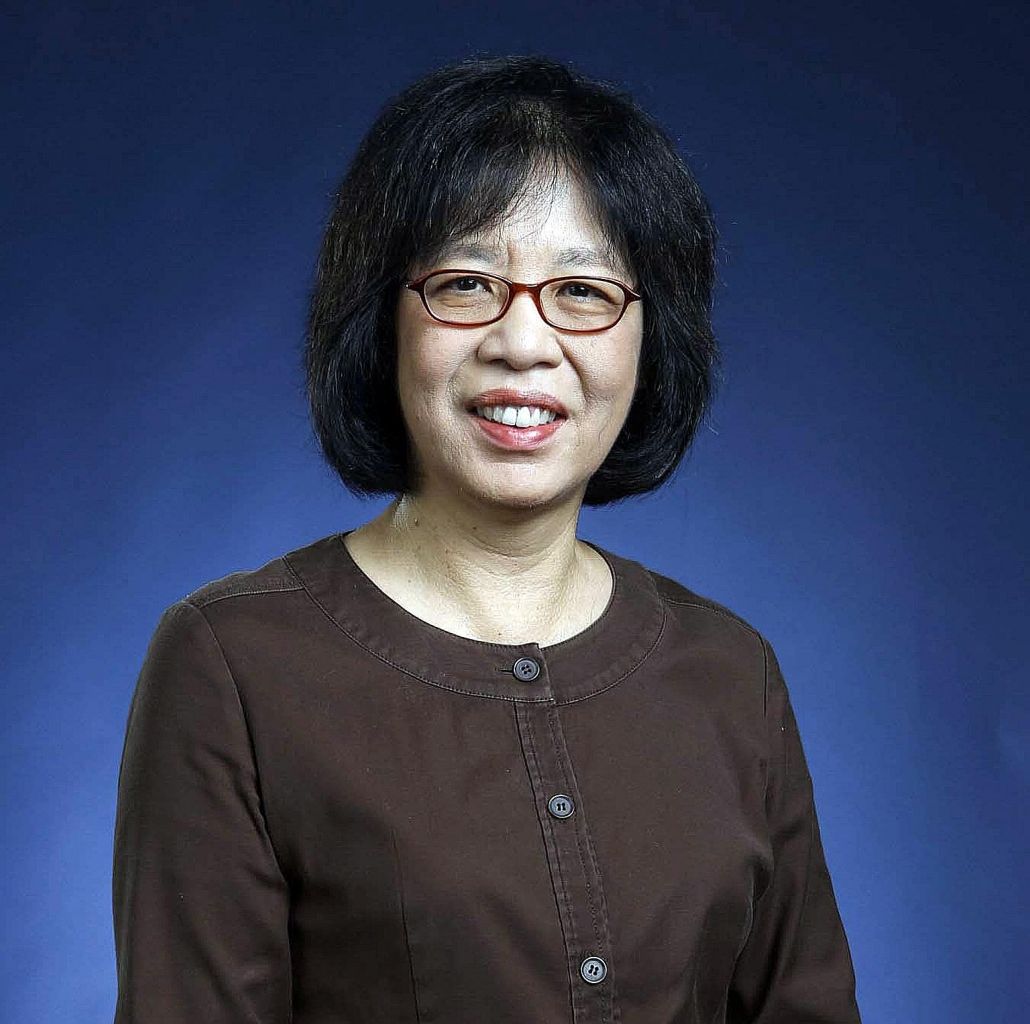Focus on business links in S-E Asia, says prof
Sign up now: Get ST's newsletters delivered to your inbox

University of Michigan don Linda Lim says although globalisation is slowing down, South-east Asia is on the rise.
Follow topic:
Singapore's economic destiny lies in South-east Asia but Singaporeans are not sufficiently equipped for this future, a visiting international business expert said yesterday.
University of Michigan professor Linda Lim said Singapore will become less relevant as a bridge connecting China to South-east Asia.
Speaking at a public lecture organised by the S. Rajaratnam School of International Studies, Prof Lim said: "China doesn't need us, they like to do things themselves. And it's not clear we possess anything that can help them. We do not have enough knowledge of our neighbours."
Instead, Singapore should find out what middle-class consumers in neighbouring countries want, and deliver it to them, she said. About 100 people attended the talk.
During the discussion after the talk, Prof Lim and several audience members spoke about how younger Singaporeans lack the cultural know-how and skills needed to do business in the region, and suggested ways to improve the situation.
Although globalisation is slowing down, South-east Asia is on the rise, said Prof Lim in her lecture titled "Back to the Future: Singapore, China and South-east Asia". While the developed world is experiencing slower gross domestic product (GDP) and productivity growth, GDP growth in South-east Asia will outpace all other world regions, except South Asia, she said.
This growth will be driven by technology, the youthfulness of South-east Asia's populations, and strong consumption demand from emerging Asian middle classes, she added.
Although Singapore prides itself on being a regional hub, its role linking multinational corporations to South-east Asia will wane. These companies can reach their customers directly using technology, and bypass any hub, Prof Lim said.
"You don't need to go to Singapore to go to Indonesia, you can just go there directly." Singaporeans themselves should pitch products and services for consumers in neighbouring cities such as Jakarta and Bangkok, she said.
"There's a much, much bigger market out there than the top 1 per cent in Sentosa," she added.
But this requires deep cultural knowledge and a mindset shift, which she said has been "excessively Western-focused, and then excessively China-focused".
For instance, Singaporeans are mostly uninterested in learning regional languages like Bahasa Indonesia, spoken in what is projected to be the world's fourth-largest economy. Instead, they ask their business partners to speak in English, she said.
Moderator and former Asean secretary-general Ong Keng Yong said many South-east Asians tell him that Singaporeans are very businesslike and clinical.
"They don't see us as too Western or too Chinese, but too modernised and too fast for the South-east Asian tempo," he said. The Singaporean mindset is that "if people cannot catch up, we leave you at the station, and come back for you later", he added.
Audience member and businessman Kwok Kian Tow, who has worked in Malaysia and Myanmar, said Singapore should pay more attention to the countries in the region.
Referring to China's One Belt, One Road plan to forge regional trade links, Mr Kwok said: "It would be good to create our own One Sarong, One Lorong."

